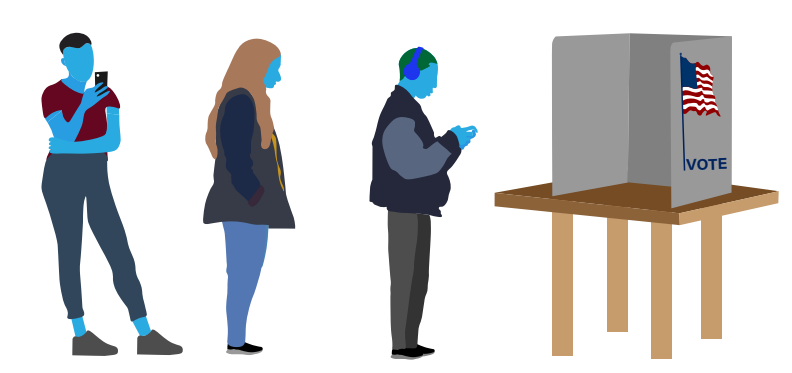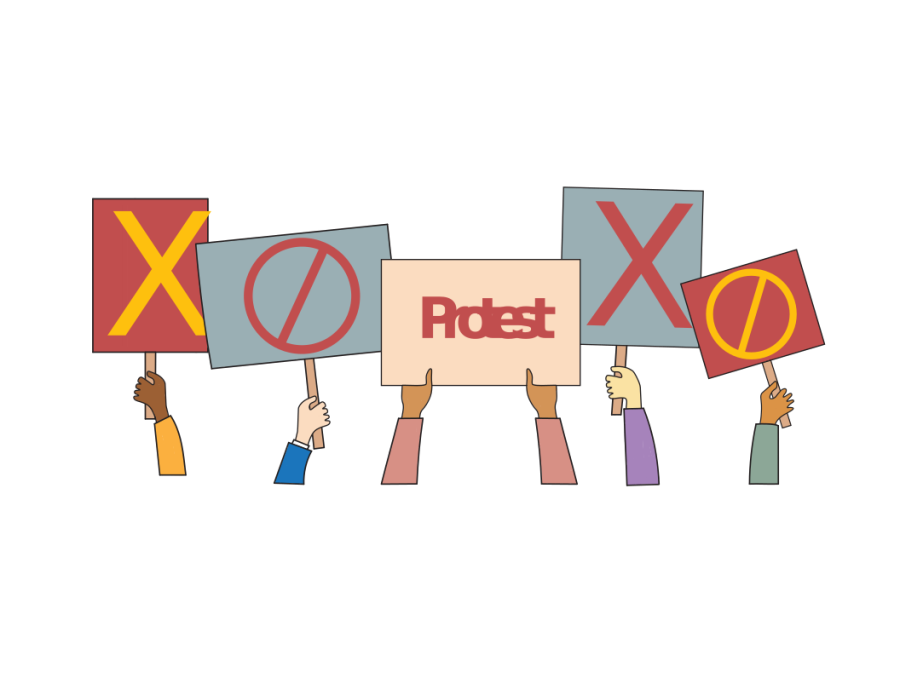Every year, highly selective universities receive thousands of applications from ambitious teenagers hoping to become one of the lucky few accepted into their prestigious halls. High schoolers do everything they can to increase their chances of getting into the likes of Harvard, Yale, Stanford, and more. From packing their schedules full of advanced placement classes to participating in more clubs than there are days of the week, many students spend hundreds of hours throughout their academic careers trying to change their chances of admission by only a few percentage points. Meanwhile, according to researcher Michael Hurwitz, some students’ chances of getting into selective universities are boosted by an average of more than 23% by the sheer luck of belonging to a family of alumni. By favoring these applicants, universities perpetuate an old-fashioned tradition that fails to consider the privilege or capabilities of the students it supports.
Legacy students — those whose parents or close relatives graduated from the same university the student is applying to — often have an immense advantage over non-legacies at selective universities. While most Harvard applicants face a minuscule 3.2% acceptance rate, for legacy admissions it was a whopping 34% in 2022, according to Forbes. Nearly 70% of students admitted through this practice are white, more than double the school-wide average of 37.7%. Despite obviously giving preferential treatment to white students, legacy admissions do not fall under the Supreme Court’s June 2023 decision that prohibited race-conscious admissions. This was the same decision that effectively banned affirmative action in higher education. However, unlike affirmative action, legacy admissions primarily benefit the already privileged white upper class. Take, for example, the fact that on average, Harvard alumni make $136,700 annually about 10 years after graduation, according to CollegeSimply. Meanwhile, the median national income is far lower, sitting at $54,000 a year in 2022. Many students hope that going to prestigious universities will offer them more social and economic mobility in the future, but instead of rewarding hard work, these highly sought-after places are given away to those who already reside in the upper echelons of society for no reason other than the circumstances of their birth, taking these opportunities away from those who could actually benefit from them.
That is not to say that no white, upper-class individuals should be accepted into selective universities, only that admissions processes should be based on merit rather than luck. According to the Daily Princetonian, there are minimal differences between the SAT scores and GPAs of legacy and non-legacy students at Princeton University. Like Harvard, in 2022, Princeton had an estimated legacy admission rate of 31.7%, yet only admitted 6% of applicants total. There is no reasonable excuse for a student to have a five times higher chance of getting into a university than someone with a nearly identical resume. The only thing that such a practice accomplishes is preserving pre-existing inequalities.
Due to a centuries-long history of systemic racism in the U.S., primarily Black and Latine neighborhoods often have lower property values than majority-white neighborhoods. Throughout the 20th century, strict laws were in place restricting where people of color could live, and wealthy neighborhoods were typically whites-only. The legacy of these policies, as well as continued wage discrimination, means that many people cannot move out of these neighborhoods. This may not seem relevant to college admissions, but because most state schools are funded by property or income taxes, students in low-income areas do not have the same opportunities as those in richer ones, leading to them scoring lower on tests regardless of their actual intelligence. Policies like affirmative action were created to help remedy this by giving opportunities to high-achieving low-income students or students of color. Legacy admissions do the exact opposite of that. They give even more opportunities to those who were already born having more of them and neglect those who have been at a disadvantage their entire lives. Many universities are proud to tout their various diversity initiatives but fail to truly make an effort to help students from marginalized groups. The continued practice of legacy admissions is only proof of that.
Those in favor of legacy admissions commonly argue that, by favoring the children of alumni, schools are more likely to receive donations that allow them to provide the programs they’re famous for. This argument falls apart when one considers the case of Amherst College in Massachusetts. The school has a 7% acceptance rate and an endowment of $3.8 billion, amounting to nearly $2 million per student. The school abolished legacy admissions in 2021, and its bottom line has yet to see a negative impact.
Created in the early 20th century, legacy admissions are an unnecessary, outdated practice that fails to accomplish anything meaningful. By giving preference to those who have done nothing to deserve it, legacy admissions preserve the status quo at the expense of marginalized groups. They sabotage their own efforts at diversity and receive little benefit in return other than continuing a cycle of privilege that only benefits the white upper class.







